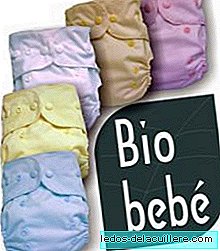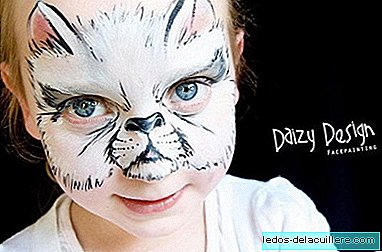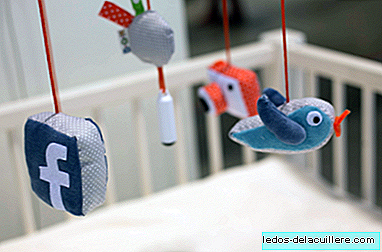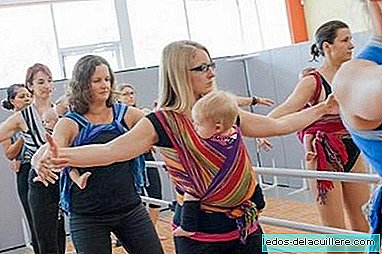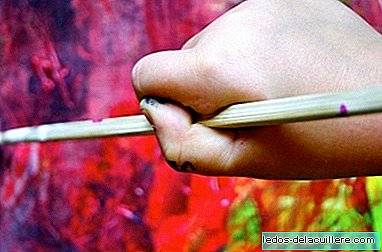
This week we are going to talk about creativity, so important in the development of children and sometimes so hindered by educational methods. And for this we are going to interview several experts in different arts to help us better understand the needs of our children and the possibilities we can offer them. We will start talking about the enormous importance of drawing in child development, understood as an exercise of free creativity and not as something guided or marked externally.
Today We will interview the psychologist Judit Cueto, child drawing specialist and director of Scribbles and Drawings, a project focused precisely on these issues.
Do children need to draw?
All human beings have an innate ability towards drawing. The child already feels as a baby the need to experiment with everything within his reach. Take a food and spread it across the table. We could consider this action as his first act of drawing.
For the child, drawing is an indescribable pleasure and a way to experiment and interact with the environment. They put into play all their senses to create and express themselves in a new way. It helps them to know themselves and test their developing abilities.
Therefore, not only do they need to draw but we should consider it an essential activity in their life.
How should we accompany his artistic experience to favor his natural creativity?
Our main role should be that of an observer, avoiding interruptions and aesthetic assessments of that drawing. It does not mean that we should not participate in this moment, but who should direct the activity is the child and not the adult. It is best to enjoy the process and not so much the final result. My professional advice is that we encourage free drawing, where the child can give free rein to his imagination and his personal way of expressing himself. It is advisable to facilitate as much as possible the access to different materials such as waxes, modeling clay, finger paint, watercolors, etc. and different drawing media such as slate, murals, cardboard, fabric, etc.
What materials should we have at your disposal according to your age?
In the initial stage (up to approximately 3 years), materials that have an easy grip and slide smoothly (such as Manley waxes) are recommended. You can also use all kinds of substances that can be handled and do not pose a health risk, mainly food or homemade paints. From that age (3-4 years), temperas are preferred by children and can hold the brush with ease, but it is also time for markers, pens or plastidecor. The grip of the instrument is perfected and its interest in all types of materials and the results obtained with them is also growing.
And when they are older?
In the stage in which they already have a greater critical awareness of their drawings (around 11 years old), they move from interest in materials to interest in techniques, the child wants to prove himself (similar to the concept of artist who we have adults).
As we have seen in this interview with the psychologist Judit Cueto the drawing is part of the expression of all children.
Our role is that of suppliers of materials and accompaniment, and we should learn not to correct or pressure them to do things as they have to be done.
We have talked on many occasions about the importance of the free expression of children's creativity and drawing, I mean drawing, not when making chips without leaving a previously marked margin, it is an extraordinary vehicle to encourage it.
We will see in the second part of this interview with the psychologist specialized in children's drawing Judit Cueto As parents we can accompany that creative process and we will better understand the benefits it offers to our children.



